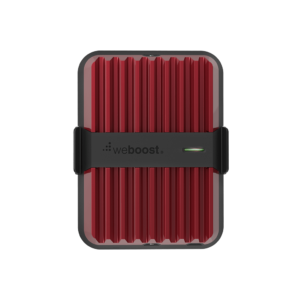
Announced in May 2019, the weBoost Drive Reach cellular booster has been billed as "weBoost’s most powerful, in-vehicle cell signal booster yet" with substantially more uplink power than any of weBoost's prior mobile boosters.
Our extensive hands-on testing confirms this and it has earned a Top Pick designation.
When compared to weBoost's former flagship mobile booster, the Drive 4G-X | Drive X (read our extensive review), weBoost described the Reach to us this way:
"The biggest difference/improvement is the uplink power. The Reach has 4.7 dBm more uplink power than the X. dBm uses a logarithmic scale so a 3 dBm improvement means it's twice as powerful."
This more than doubling of uplink power is what gives the Reach its reach - allowing a substantial theoretical advantage when communicating with distant towers, which was borne out in our tests. The Reach also introduced full support for Band 25 - the first mobile booster to do so.
Product Variations
The Drive Reach initially came in two kit variations for vehicles and fleets, and in November 2020, they added two additional kits—one for RVs and one for over-the-road (OTR) trucks. They also have an OTR Fleet kit. They also added an Overland antenna kit with a foldable mount and updated the RV kit to the "RV II."
The kits all use the same Drive Reach booster amplifier and differ in terms of antennas, cabling, power adapters, and installation hardware. So choose based on which kit works best for your particular application.
Other antenna bundles, including marine bundles, are available from some of their distributors.
RV Series
weBoost Drive Reach RV II
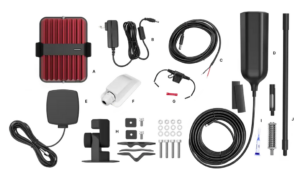
This kit comes packaged with an articulated mount, the same mount included with the Overland kit, allows the outdoor antenna to be manually raised or lowered. This mount can be attached directly to an RV roof or ladder. It includes a cable gland is now included that can be used on an RV roof or sidewall to provide a watertight connection for getting the cable inside the RV. Also a DC-direct power cables are now included and don't need to be purchased separately for those who want to direct-wire the booster without using an AC adapter (an AC adapter also comes with the kit).
Specifications
- Model: Drive Reach RV II- 474061
- Gain: 50dB
- Max Uplink Power: 29.5 dBm (1 Watt)
- # of Devices Boosted Simultaneously: Multiple
- LTE Bands Supported: 12/17, 13, 5, 4, 2, 25
- Exterior Antenna: Drive RV - with 25ft RG-6 cable integrated in the antenna (no 30" pigtail)
- Internal Antenna: Mini Panel
- Power Supply: AC
- Range of Interior Coverage: 6" - 4'
- In Motion Usage: Yes
- Booster Dimensions: 6 x 4.5 x 1.5 in / 1.8 pounds
- Warranty: 2 Year
- Retail Price: $549.99
OTR
weBoost Drive Reach OTR
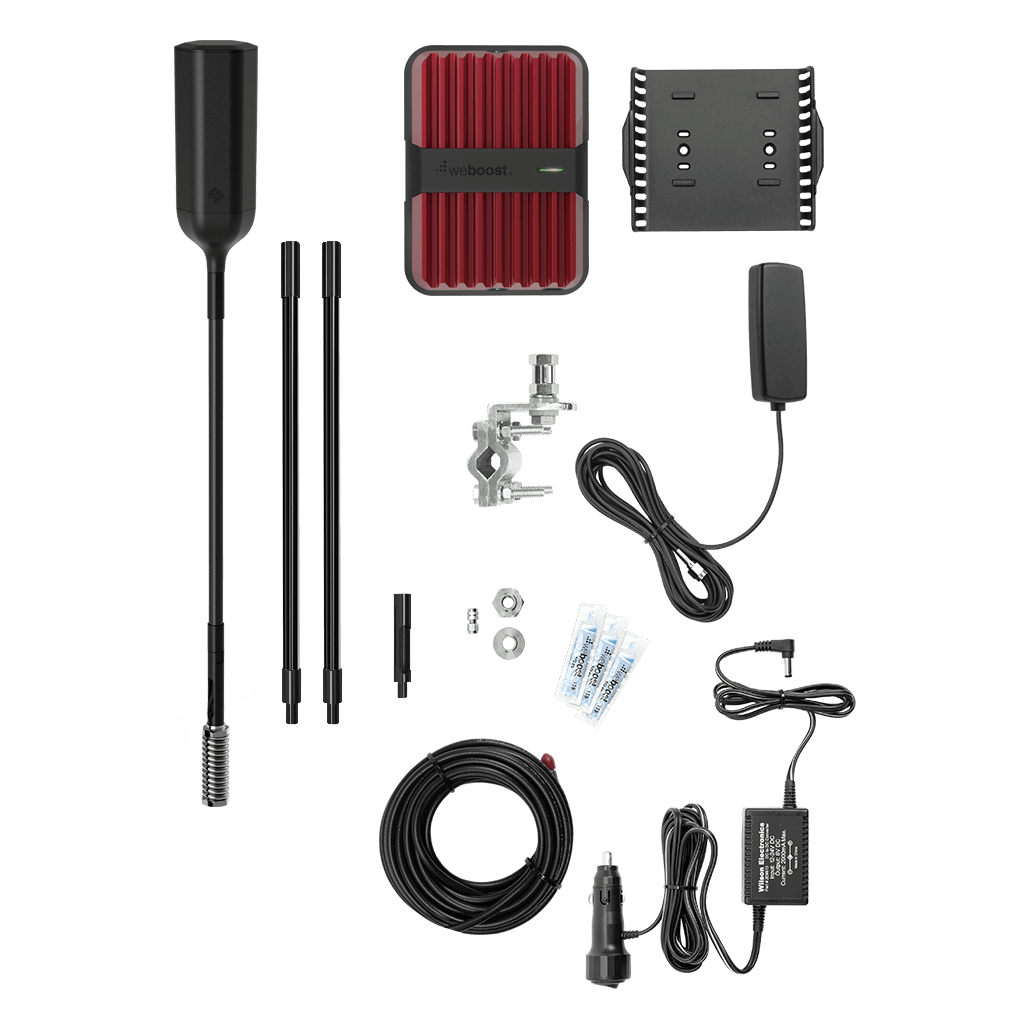 This kit comes packaged with a newly updated Drive OTR Antenna, which is basically the same as the RV antenna but includes an additional 18" extension stalk. The cabling is also 15'5" LMR-195, and the kit includes a 12v power adapter. The OTR stands for 'Over the Road' and this form factor is intended for mounting to the side mirror of a semi-truck. It also might be more ideal for marine installations than the RV version for mounting to railings and getting additional height.
This kit comes packaged with a newly updated Drive OTR Antenna, which is basically the same as the RV antenna but includes an additional 18" extension stalk. The cabling is also 15'5" LMR-195, and the kit includes a 12v power adapter. The OTR stands for 'Over the Road' and this form factor is intended for mounting to the side mirror of a semi-truck. It also might be more ideal for marine installations than the RV version for mounting to railings and getting additional height.
Specifications
- Model: Drive Reach OTR - 477154
- Gain: 50dB
- Max Uplink Power: 29.5 dBm (1 Watt)
- # of Devices Boosted Simultaneously: Multiple
- LTE Bands Supported: 12/17, 13, 5, 4, 2, 25
- Exterior Antenna: Drive OTR - SMB connector
- Internal Antenna: 4G Slim Interior Antenna - SMB connector
- Power Supply: 12v adapter - cigarette-style
- Range of Interior Coverage: 6" - 4'
- In Motion Usage: Yes
- Booster Dimensions: 6 x 4.5 x 1.5 in / 1.8 pounds
- Warranty: 2 Year
- Retail Price: $519.99
Vehicle
weBoost Drive Reach Vehicle
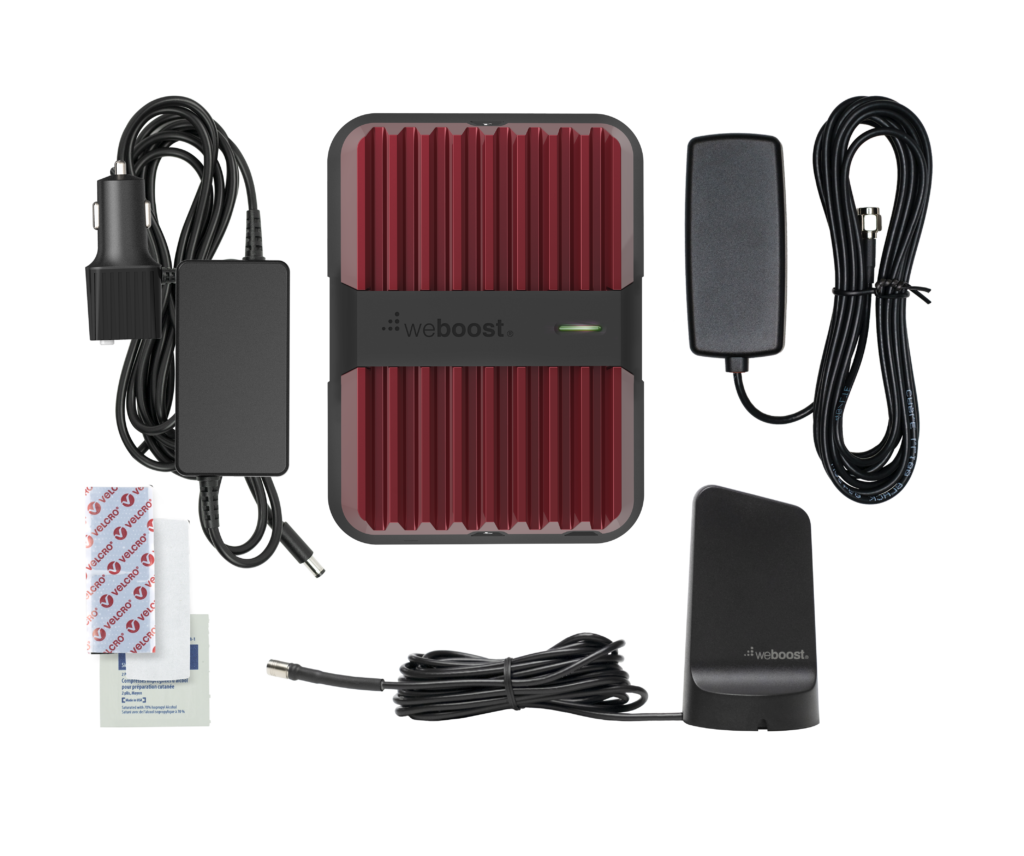 This kit is intended for use in automobiles where the short low profile antenna can magnetically mount on the vehicle's metal roof. It comes with a 12v power supply with a 'cigarette lighter' style plug, assuming no inverter or shore power is available. This unit can be used in RV and boat applications, but a ground plane will need to be supplied underneath the exterior antenna.
This kit is intended for use in automobiles where the short low profile antenna can magnetically mount on the vehicle's metal roof. It comes with a 12v power supply with a 'cigarette lighter' style plug, assuming no inverter or shore power is available. This unit can be used in RV and boat applications, but a ground plane will need to be supplied underneath the exterior antenna.
Specifications
- Model: Drive Reach Vehicle - 470154
- Gain: 50dB
- Max Uplink Power: 29.5 dBm (1 Watt)
- # of Devices Boosted Simultaneously: Multiple
- LTE Bands Supported: 12/17, 13, 5, 4, 2, 25
- Exterior Antenna: Drive Magnetic Antenna - SMB connector
- Internal Antenna: 4G Slim Interior Antenna - SMB connector
- Power Supply: Plug-in DC Power Supply ('cigarette lighter style')
- Range of Interior Coverage: 6" - 4'
- In Motion Usage: Yes
- Booster Dimensions: 6 x 4.5 x 1.5 in / 1.8 pounds
- Warranty: 2 Year
- Retail Price: $499.99
Fleet Kits
weBoost Drive Reach Fleet
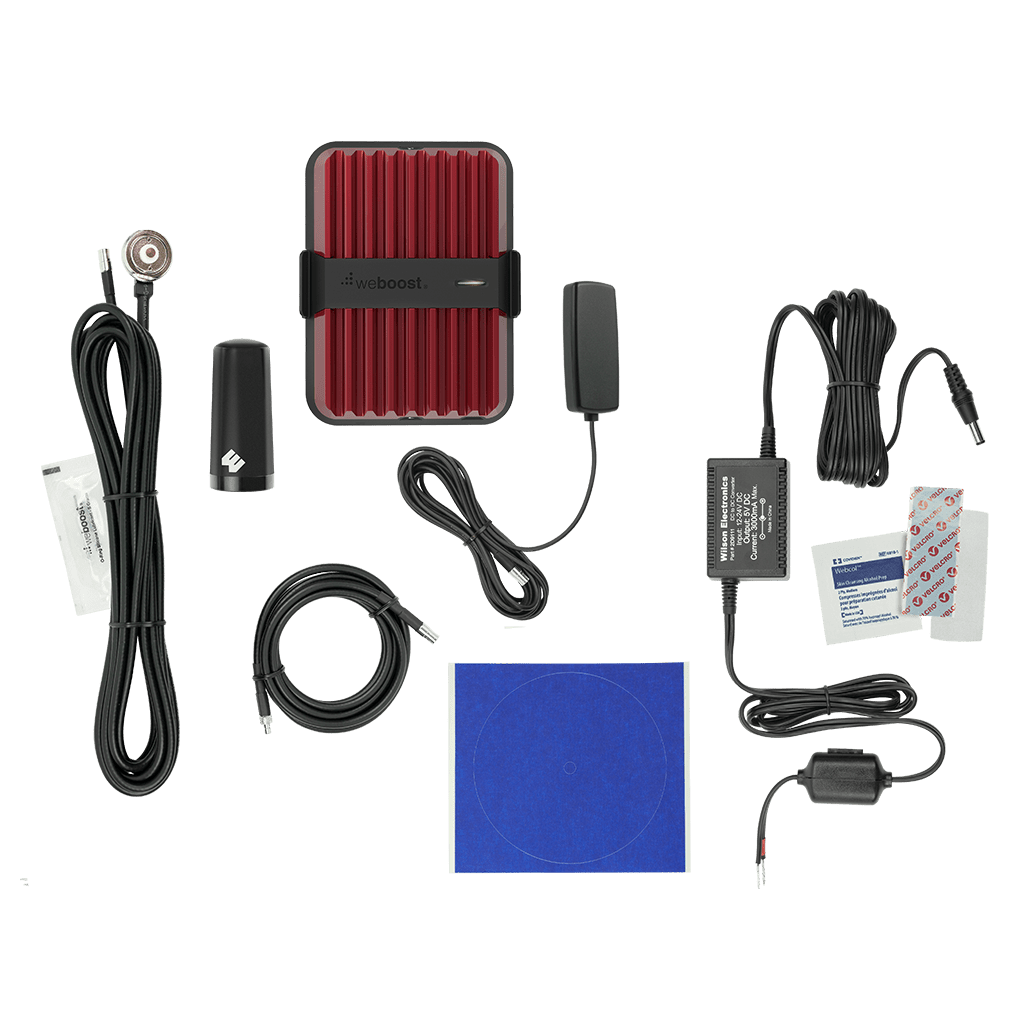 This kit is intended for use in fleet vehicles that have an NMO antenna mount pre-installed. It comes with a direct wired 12v power supply, assuming professional installation. It's not overly ideal for RVers or boaters.
This kit is intended for use in fleet vehicles that have an NMO antenna mount pre-installed. It comes with a direct wired 12v power supply, assuming professional installation. It's not overly ideal for RVers or boaters.
Specifications
- Model: Drive Reach Fleet - 470254
- Gain: 50dB
- Max Uplink Power: 29.5 dBm (1 Watt)
- # of Devices Boosted Simultaneously: Multiple
- LTE Bands Supported: 12/17, 13, 5, 4, 2, 25
- Exterior Antenna: 4G NMO antenna with 3/4" NMO mount with 14ft of cable & install accessories (weBoost states this requires professional installation)
- Internal Antenna: 4G Slim Interior Antenna - SMB connector
- Power Supply: Hard-wired DC power supply
- Range of Interior Coverage: 6" - 4'
- In Motion Usage: Yes
- Booster Dimensions: 6 x 4.5 x 1.5 in / 1.8 pounds
- Warranty: 2 Year
- Retail Price: $524.99
weBoost Drive Reach OTR Fleet
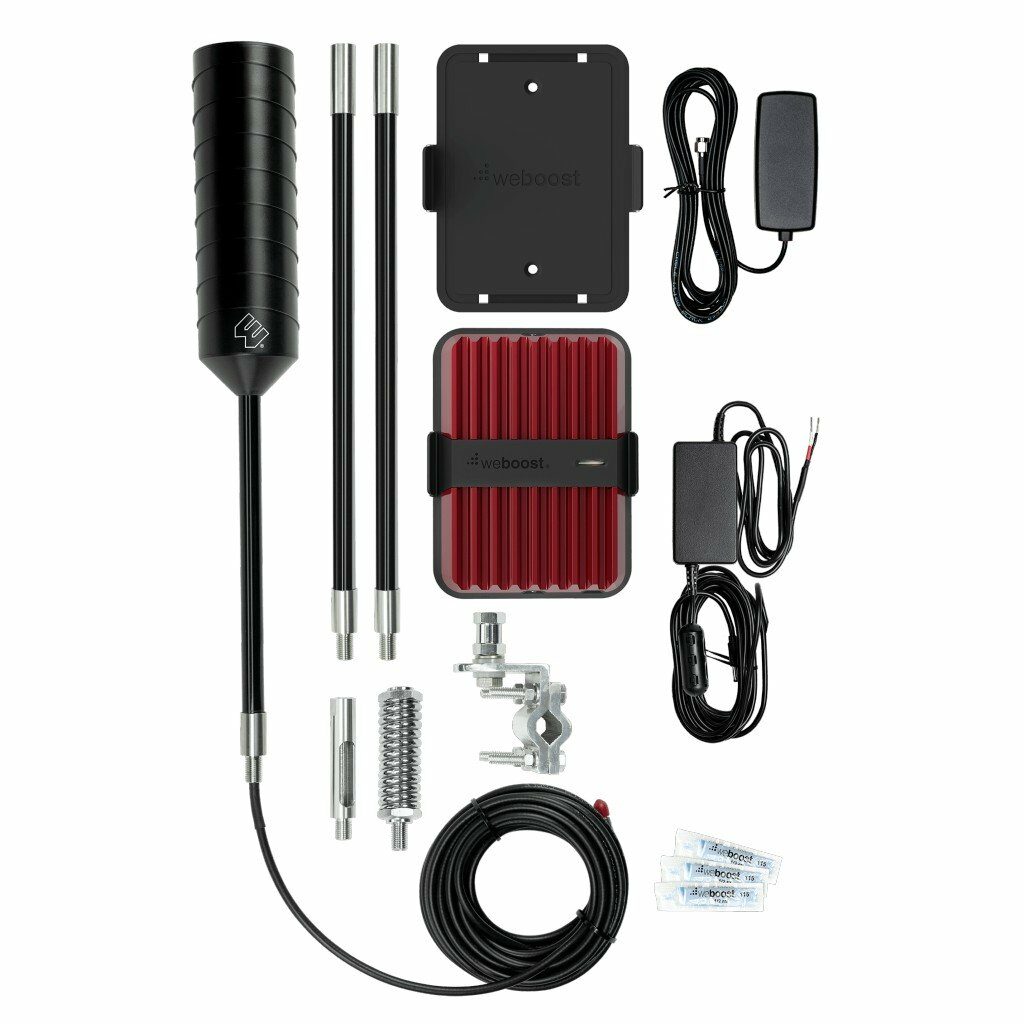 This kit is also intended for use in fleet vehicles. It is very similar to the OTR kit in that it pairs the Reach booster with the newly updated Drive OTR Antenna and 4G Slim Interior antenna, but it comes with two mast extensions instead of one, and a direct-wired 12v power supply. It's not overly ideal for RVers or boaters. (The antenna is weBoost's provided photo for this kit shows the older, discontinued 4G OTR Truck antenna, but we have verified with weBoost that it does come with the newer Drive OTR Antenna as listed in the specs below.)
This kit is also intended for use in fleet vehicles. It is very similar to the OTR kit in that it pairs the Reach booster with the newly updated Drive OTR Antenna and 4G Slim Interior antenna, but it comes with two mast extensions instead of one, and a direct-wired 12v power supply. It's not overly ideal for RVers or boaters. (The antenna is weBoost's provided photo for this kit shows the older, discontinued 4G OTR Truck antenna, but we have verified with weBoost that it does come with the newer Drive OTR Antenna as listed in the specs below.)
Specifications
- Model: Drive Reach OTR Fleet - 471254
- Gain: 50dB
- Max Uplink Power: 29.5 dBm (1 Watt)
- # of Devices Boosted Simultaneously: Multiple
- LTE Bands Supported: 12/17, 13, 5, 4, 2, 25
- Exterior Antenna: Drive OTR - SMB connector
- Internal Antenna: 4G Slim Interior Antenna - SMB connector
- Power Supply: Hard-wired DC power supply
- Range of Interior Coverage: 6" - 4'
- In Motion Usage: Yes
- Booster Dimensions: 6 x 4.5 x 1.5 in / 1.8 pounds
- Warranty: 2 Year
- Retail Price: $549.99
weBoost Drive Reach Flex Fleet
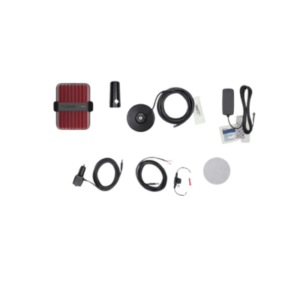 This is similar to the existing fleet kit, but includes an external magnetic NMO mount instead of the internal one in the standard Fleet kit. A NMO (New Motorola) antenna mount is a mounting system used for mobile antennas, especially in amateur radio, commercial radio, and public safety communications. For mobile internet, it's most commonly found in fleet vehicle applications.
This is similar to the existing fleet kit, but includes an external magnetic NMO mount instead of the internal one in the standard Fleet kit. A NMO (New Motorola) antenna mount is a mounting system used for mobile antennas, especially in amateur radio, commercial radio, and public safety communications. For mobile internet, it's most commonly found in fleet vehicle applications.
Specifications
- Model: Drive Reach Flex Fleet - 478061
- Gain: 50dB
- Max Uplink Power: 29.5 dBm (1 Watt)
- # of Devices Boosted Simultaneously: Multiple
- LTE Bands Supported: 12/17, 13, 5, 4, 2, 25
- Exterior Antenna: 4G NMO antenna with 3/4" NMO mount with 14ft of cable & install accessories (weBoost states this requires professional installation)
- Internal Antenna: 4G Slim Interior Antenna - SMB connector
- Power Supply: Hard-wired DC power supply
- Range of Interior Coverage: 6" - 4'
- In Motion Usage: Yes
- Booster Dimensions: 6 x 4.5 x 1.5 in / 1.8 pounds
- Warranty: 2 Year
- Retail Price: $549.99
Overland
weBoost Drive Reach Overland
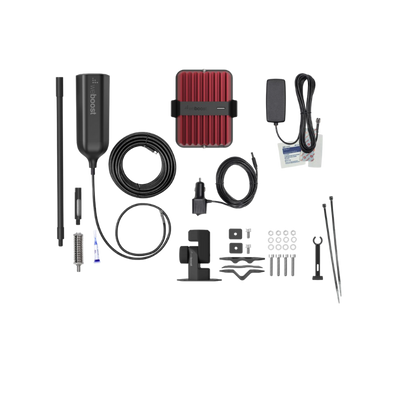 This kit is intended for use in overland and off-road vehicles. The outside antenna is adjustable with a 13" mast extension. The included antenna mount folds down for garage storage. The foldable antenna mount can be purchased separately for $119.00. It comes with a 12v power supply with a 'cigarette lighter' style plug, assuming no inverter or shore power is available. This unit can be used in RV and boat applications, but not recommended because of the short 14 foot cable that is included in this kit.
This kit is intended for use in overland and off-road vehicles. The outside antenna is adjustable with a 13" mast extension. The included antenna mount folds down for garage storage. The foldable antenna mount can be purchased separately for $119.00. It comes with a 12v power supply with a 'cigarette lighter' style plug, assuming no inverter or shore power is available. This unit can be used in RV and boat applications, but not recommended because of the short 14 foot cable that is included in this kit.
Specifications
- Model: Drive Reach Overland - 472061
- Gain: 50dB
- Max Uplink Power: up to 23 dBm
- # of Devices Boosted Simultaneously: Multiple
- LTE Bands Supported: 12/17, 13, 5, 4, 25/2
- Exterior Antenna: Drive OTR - SMA M and SMA F connector
- Internal Antenna: 4G Slim Interior Antenna - SMA M and SMA F connector
- Power Supply: Plug-in DC Power Supply ('cigarette lighter style')
- Range of Interior Coverage: 6" - 4'
- In Motion Usage: Yes
- Booster Dimensions: 6 x 4.5 x 1.5 in / 1.8 pounds
- Warranty: 2 Year
- Retail Price: $549.99
What Does 5G Ready Mean?

Booster manufacturers may state their products are "5G ready." Which is a bit misleading. 5G is being deployed on a myriad of low, mid and high frequency bands. Current boosters only cover a handful of frequency bands in the low range spectrum (12, 13, 5, 4, 2 and sometimes 25). Where 5G is being deployed on those bands, they will work. But they will not work on the newer bands, thus only offering relatively limited 5G support.
This is a complicated topic, for more:
News, Videos & Status
We have tested the Reach, and have a full analysis for our MIA members below, as well as testing notes here: [Complete] weBoost Drive Reach RV Kit Testing Notes.
Based on our extensive testing, we will continue using the Reach as the mobile booster we compare all others to in terms of performance.
Members can dive deeper and look at raw results from our testing rounds:
- Cellular Booster Intensive – weBoost Drive Reach, SolidRF RV Pro, Cel-Fi Go-M (Summer/Fall 2019)
- Testing Progress Notes: weBoost Drive Reach (Cellular Booster)
- Booster Bonanza – weBoost Drive Reach, SolidRF RV Pro, Cel-Fi Go-M, Poynting 402 vs 4G-X (Summer 2019)
Our Video Overviews:
Further Reading:
Alternatives to Consider
For other booster options on the market worth comparing this model to - here are our featured options:
Boosters are NOT the right choice for all applications.
Boosters make the most sense for devices without antenna ports (like smartphones and tablets), or when in weak signal areas. For devices with antenna ports in mild to moderate signal areas - a direct-connected antenna can outperform a booster. And boosters can actually DECREASE data speeds in some conditions - never assume you need a booster on all the time - always test at each location!
This Review Contains Additional Member Exclusive Content!
We are Honored to be Member Funded! No ads, no sponsors, no selling (but may contain affiliate links)
Our members fund our in-depth independent reviews.
This entry may contain additional member exclusive content such as testing notes, field testing data, user interface tours, comparisons to alternatives, analysis, tips, videos and discounts.
Members also get interactive guidance, alerts, classroom and more.
Other Ways to Support Our Work At MIRC
Member Exclusive Content / Review:
- Thoughts & Analysis
- Deep Dive
- Hands-On Testing Notes
- The Importance of Uplink Power
- LTE/5G Band 25 Support
- Antenna Lineup
- 4" Mini Mag
- Magnetic
- Fleet NMO
- RV and OTR
- Alternatives
- Directional Antennas
- Interior Antenna Swaps
- Recommendations
- Video: First Impressions
Purchasing Options
Purchasing Links & Disclaimer
We don't sell stuff, we are primarily member funded. Some links below may be affiliate links (see our disclaimer), which also helps fund MIRC.
The vendors displayed below provide larger discounts to our MIAs that we have negotiated instead of displaying affiliate links while they are logged in.
MIA Discounts - Learn & Save!
Our Mobile Internet Aficionados (MIA) get special discounts from the below vendors. Members please check for discount codes before ordering. With savings up to 11% off, you could save more than your membership cost!
Save 5% at weBoost.com!
While this site is not reliant on affiliate funding, our weBoost links are affiliate links (only way they'd offer us a discount code). All affiliate incomes goes towards funding this site and other great causes.
Buy Direct from weBoost (affiliate links):
Drive Reach Vehicle | Drive Reach OTR | Drive Reach RV II | Drive Reach Fleet | Drive Reach OTR Fleet | Drive Reach Overland
Drive Reach Fleet Hardwire Power Adapter | Drive Reach 12V Cigarette Power Adapter | Drive Reach AC Power Adapter
Affiliate vendor links - using these links helps support MIRC's mission (MIAs, please log in to get special discounts):
- MobileMustHave - Drive Reach Vehicle | Drive Reach RV (old model still in stock)
- Amazon: Drive Reach Vehicle | Drive Reach Fleet | Drive Reach OTR | Drive Reach RV II
- TechnoRV - Drive Reach RV (old model still in stock)
- Waveform - Drive Reach | Drive Reach Marine Bundle | Drive Reach RV (old model still in stock) | Drive Reach Fleet | Drive Reach OTR Fleet
Other vendors (non-affiliate):
- Powerful Signal - Drive Reach | Drive Reach Fleet | Drive Reach Marine Bundle | Drive Reach OTR | Drive Reach RV II
- Wilson Amplifiers - Drive Reach | Drive Reach Fleet | Drive Reach Marine Bundle | Drive Reach OTR | Drive Reach RVII | Drive Reach OTR Fleet | Drive Reach Overland
- 5GStore - Drive Reach | Drive Reach Fleet | Drive Reach OTR | Drive Reach RV (old model still in stock) | Drive Reach OTR Fleet
- BestBuy - Drive Reach OTR
Cellular boosters can be quite useful for boosting the signal to a smartphone to get a more solid phone call. But when it comes to enhancing cellular data performance, things get more complicated.
Because of a technology called MIMO (multiple in multiple out) that is essential to LTE and 5G data, often times the internal antennas on a smartphone or hotspot don't benefit from an amplified signal. Boosters also only cover a handful of the frequency bands the carries use for data.
But a booster can play a role in a mobile internet arsenal - as they excel during times when you are really far from a tower, or where upload speeds are important (such as video broadcasting).
For more on understanding boosters vs. MIMO - check out video:
For more on signal enhancing, including understanding boosters and the many forms they come in - follow up with our guides:
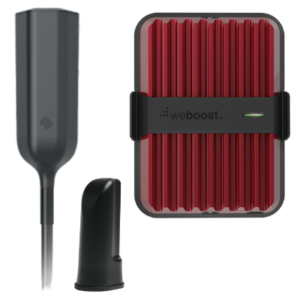
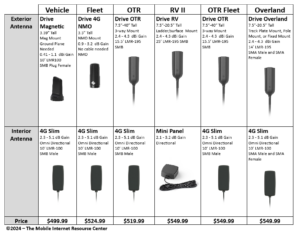
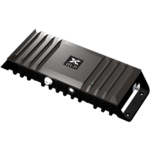
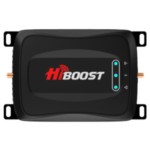
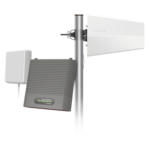
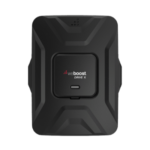
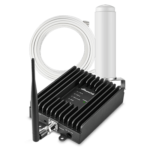
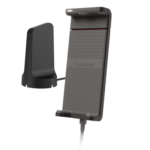

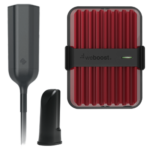

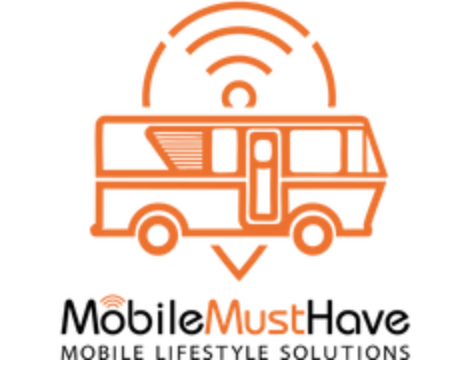
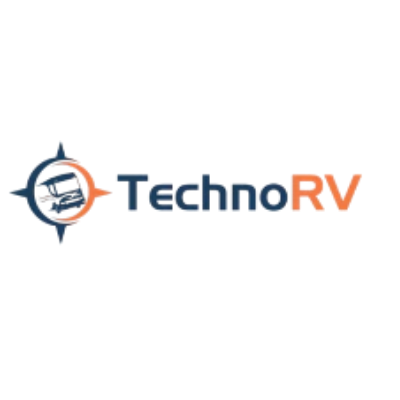
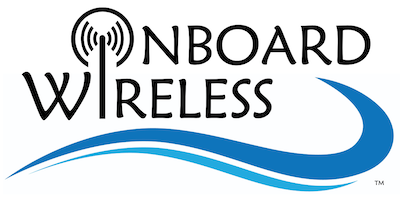



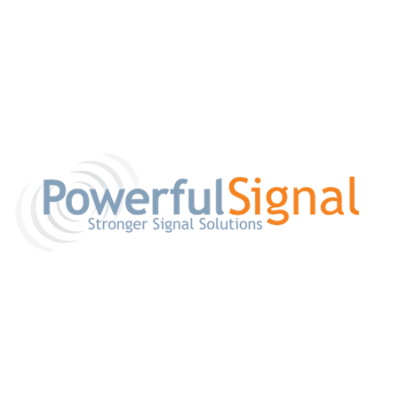
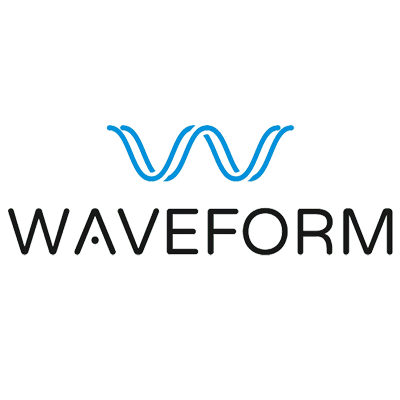
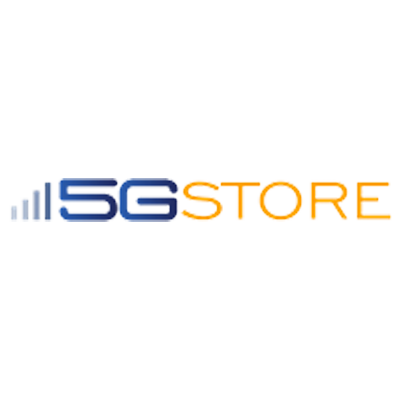
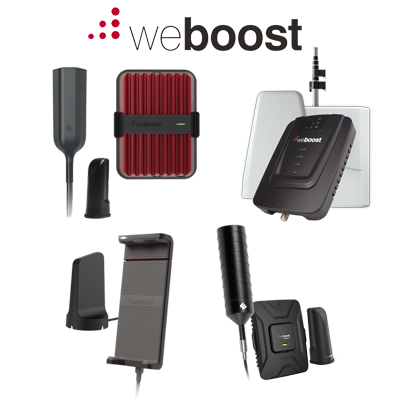
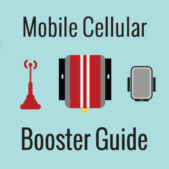
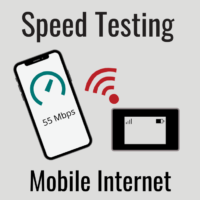

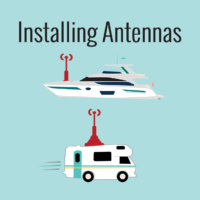

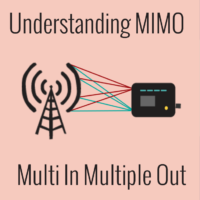
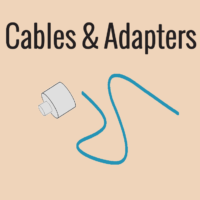
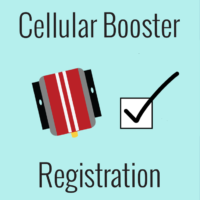

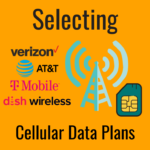


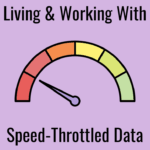
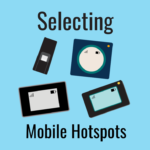
 Mobile Internet Resource Center (dba Two Steps Beyond LLC) is founded by Chris & Cherie of
Mobile Internet Resource Center (dba Two Steps Beyond LLC) is founded by Chris & Cherie of